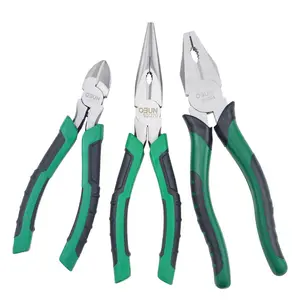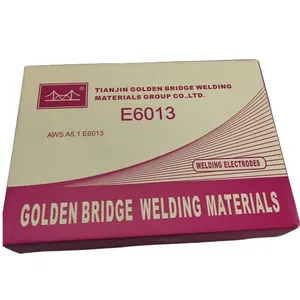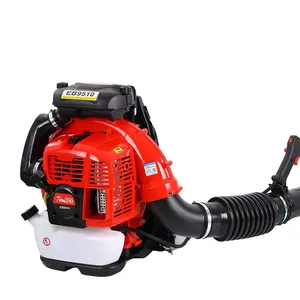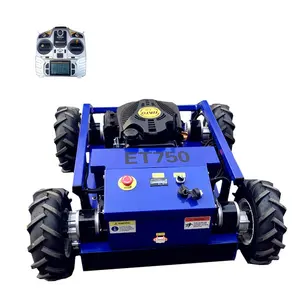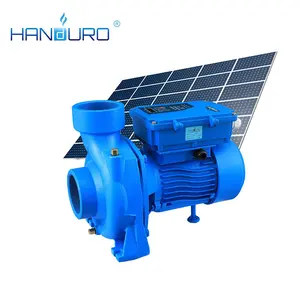Popular in your industry







































































Related Searches:















































































































































Top categories
About stellite 6 welding wire
Introduction to Stellite 6 Welding Wire
Stellite 6 welding wire is a specialized type of filler material designed for joining metals through the welding process. This category of welding wire is known for its exceptional wear and corrosion resistance, making it suitable for harsh environments and demanding applications.
Types and Features
Stellite welding wire comes in various forms to cater to different welding techniques and requirements. The primary types include stellite 6 tig rod, stellite 6 mig wire, and gas-shielded flux-cored arc welding wires. Each type presents unique features, such as the tig rod's precision in welding or the mig wire's efficiency in continuous welding tasks.
Applications of Stellite 6 Welding Wire
The use of stellite 6 filler wire spans across industries, from automotive repair to the construction of marine vessels. Its robustness makes it an ideal choice for fabricating and repairing parts that are exposed to extreme conditions, such as high temperatures and corrosive substances.
Selection and Usage
Selecting the right stellite 6 wire involves considering the base metals involved, the welding position, and the desired mechanical properties of the weld. The diameter and type of wire directly influence the ease of use and the strength of the weld. Users must choose the appropriate wire to ensure the integrity of the weld and the efficiency of the welding process.
Advantages of Using Stellite 6 Welding Wire
Employing stellite mig wire in welding operations can enhance the durability and longevity of the weld joint. Its resistance to wear and corrosion contributes to less frequent maintenance needs and longer service life of the welded components.
Considerations for Buyers
When sourcing stellite 6 welding wire, buyers should evaluate the wire's compatibility with their specific welding applications and the certifications of the product. It is crucial to consider the wire's material properties to ensure it meets the operational demands of the intended use.

